Here where we are in PA, spring is basically over and summer has arrived. The cherry blooms are past, the lilacs are gone, and most of the trees are fully leafed out. Josh (spouse) has started mowing the lawn multiple times a week, and with this new activity has come the annual feud of the robins.
Have you ever noticed that robins look a bit angry? It's something about the white feathers around their eyes, I think. Anyway, while Josh is mowing, they watch with that angry glare—his ever present, ever wary nemesis.
And when he's not mowing, they'll come close to the house, looking for worms and bugs, and because I look out the windows all day while I'm working, I take up-close photos and text them to Josh. To show him how they're encroaching on his territory.
It's all quite amusing.
We have a lot of birds around our house—blue jays, woodpeckers, cardinals, chickadees, mourning doves, hummingbirds, tree swallows, grackles, wrens, thrashers, sparrows, orioles, crows, the occasional raven, and a big hawk that lives in the woods at the bottom of the hill. But none are quite as audacious and snarky as the robin.
The whole feud is a bit absurd, and I don't mean absurd in the sense of "ridiculous" (though it is that), but in the philosophical sense of The Absurd (in the Albert Camus sense).
Absurdism is one of my favorite philosophical constructs. If you're unfamiliar, absurdism has two primary presuppositions:
Humans innately crave ultimate, universal meaning.
Ultimate, universal meaning does not exist.
Albert Camus, who originally wrote about this in the book The Myth of Sisyphus, suggested that the conflict between these two ideas is inherently ridiculous or absurd (hence why it's called absurdism). His solution to this conflict essentially boils down to acceptance: acknowledging ultimate meaninglessness in everything we do, despite the longing for meaning, and choosing to live our lives to whatever "the fullest" means for us. He used the example of Sisyphus, whose punishment for being a generally terrible person and cheating death twice, was to roll a boulder up a hill in Hades over and over for all eternity.
From The Myth of Sisyphus by Camus: "Sisyphus teaches the higher fidelity that negates the gods and raises rocks. He too concludes that all is well. This universe now without a master seems to him neither sterile nor futile. Each atom of that stone, each mineral flake of this mountain full of night, alone forms a world. The struggle itself to the heights is enough to fill a man's heart. One must imagine Sisyphus happy."
What does this all have to do with robins? Well, the robins come around every spring. Without fail. They glare from a distance, watching as Josh cuts the grass and pulls the weeds and trims the bushes. Year after year after year.
And every year, Josh glares back. "Damn robins," he says to me, and we both laugh.
We laugh because we know it's meaningless. Despite the fact that it feels meaningful.
We laugh because we made up this story, and this story brings us joy, and the joy makes our lives feel meaningful, even if it's not.
We laugh because it's absurd, in all the best ways.
In the same way, I write book after book after book, and draft newsletter after newsletter. I wake up every morning and feed the cats; I move the laundry along; I make dinner. And even in the repetition, in the sameness, in the rolling of the same old rock up the hill, there is contentment.
















